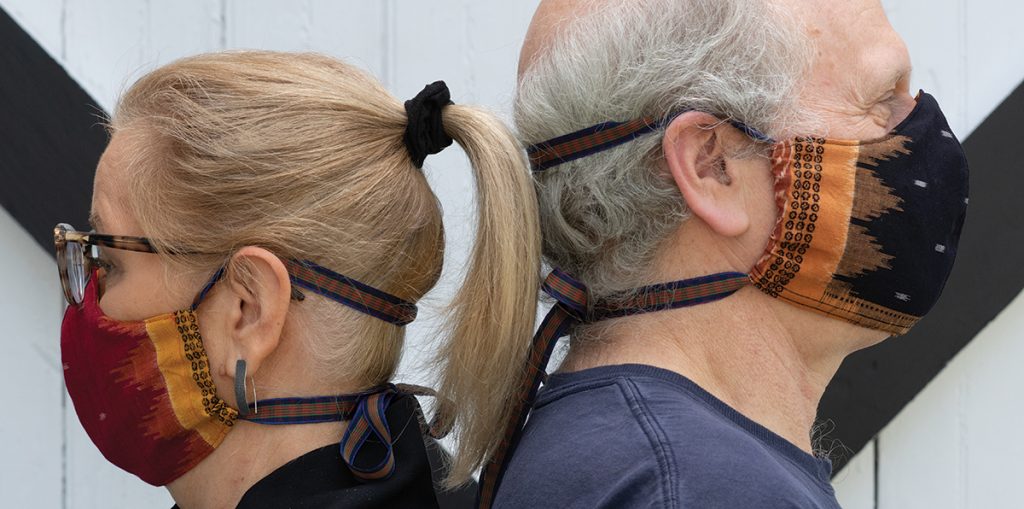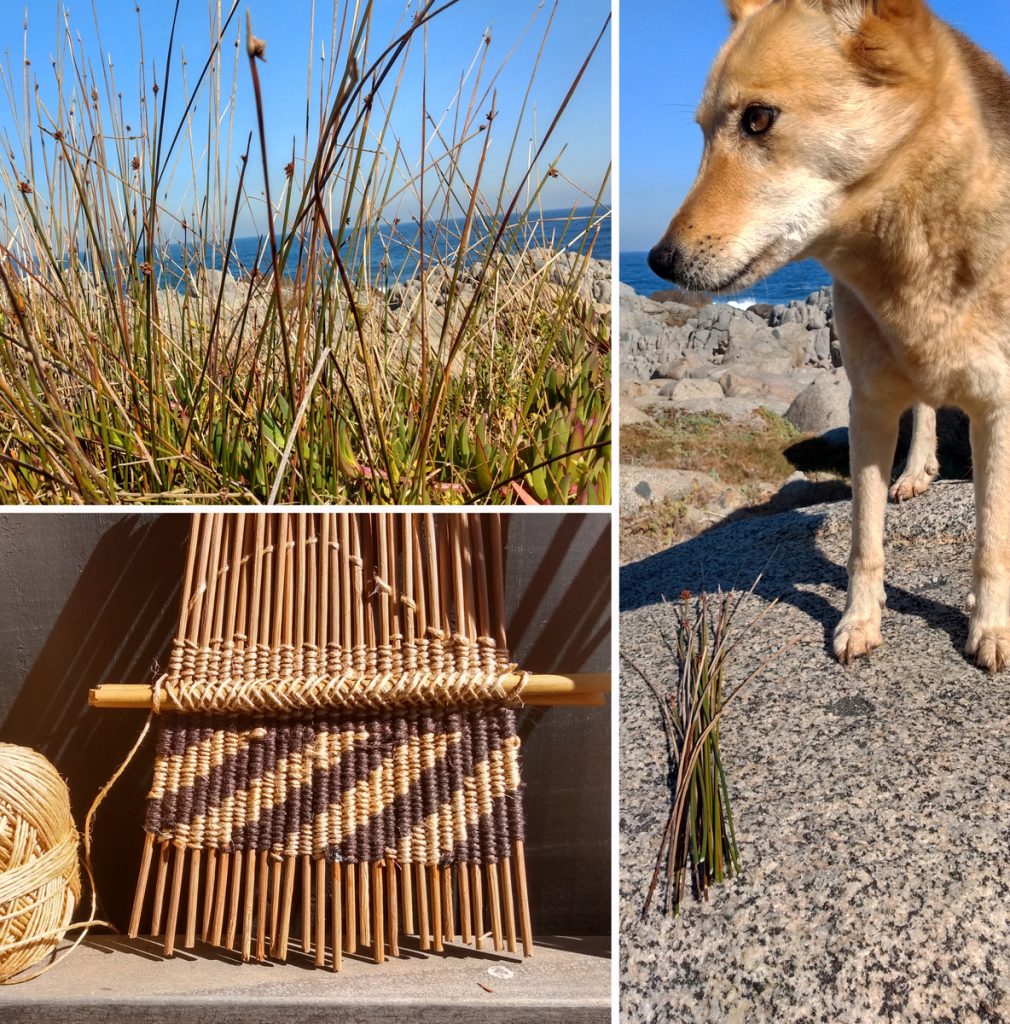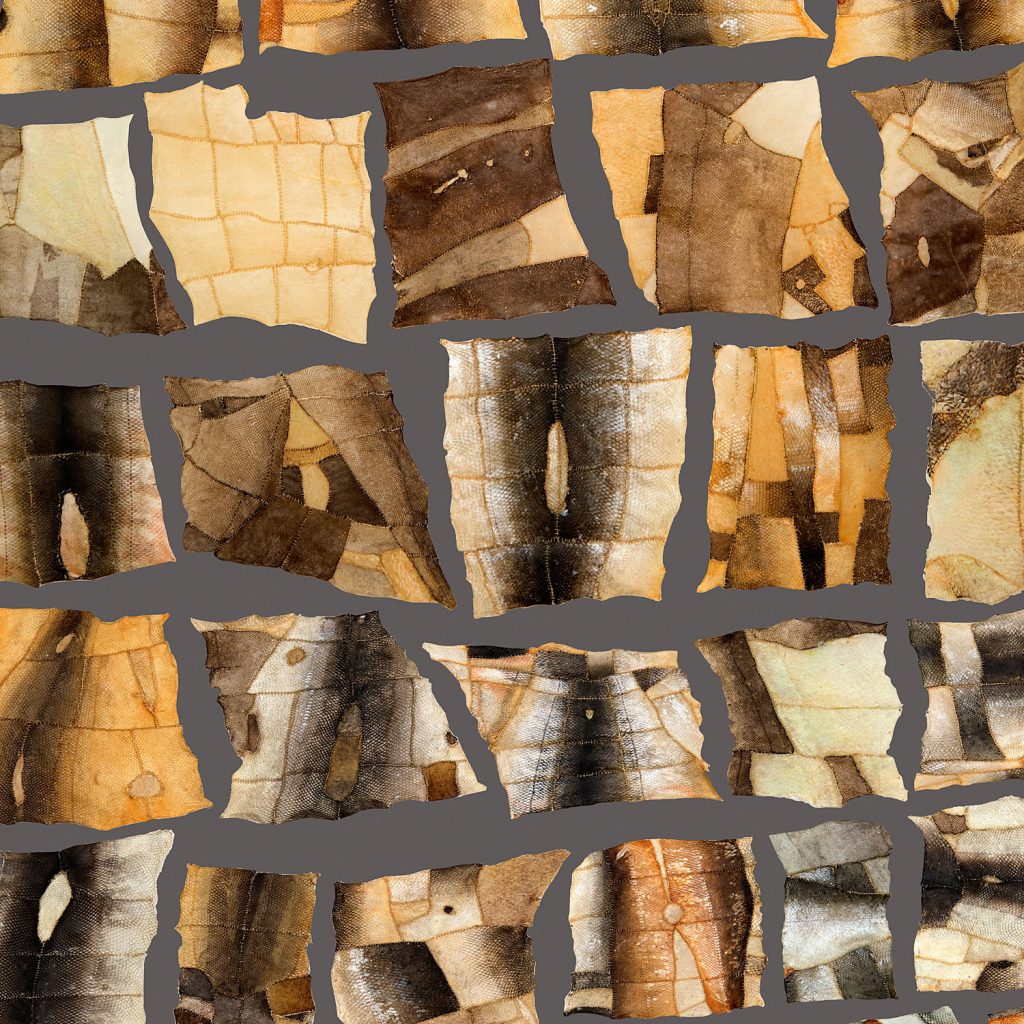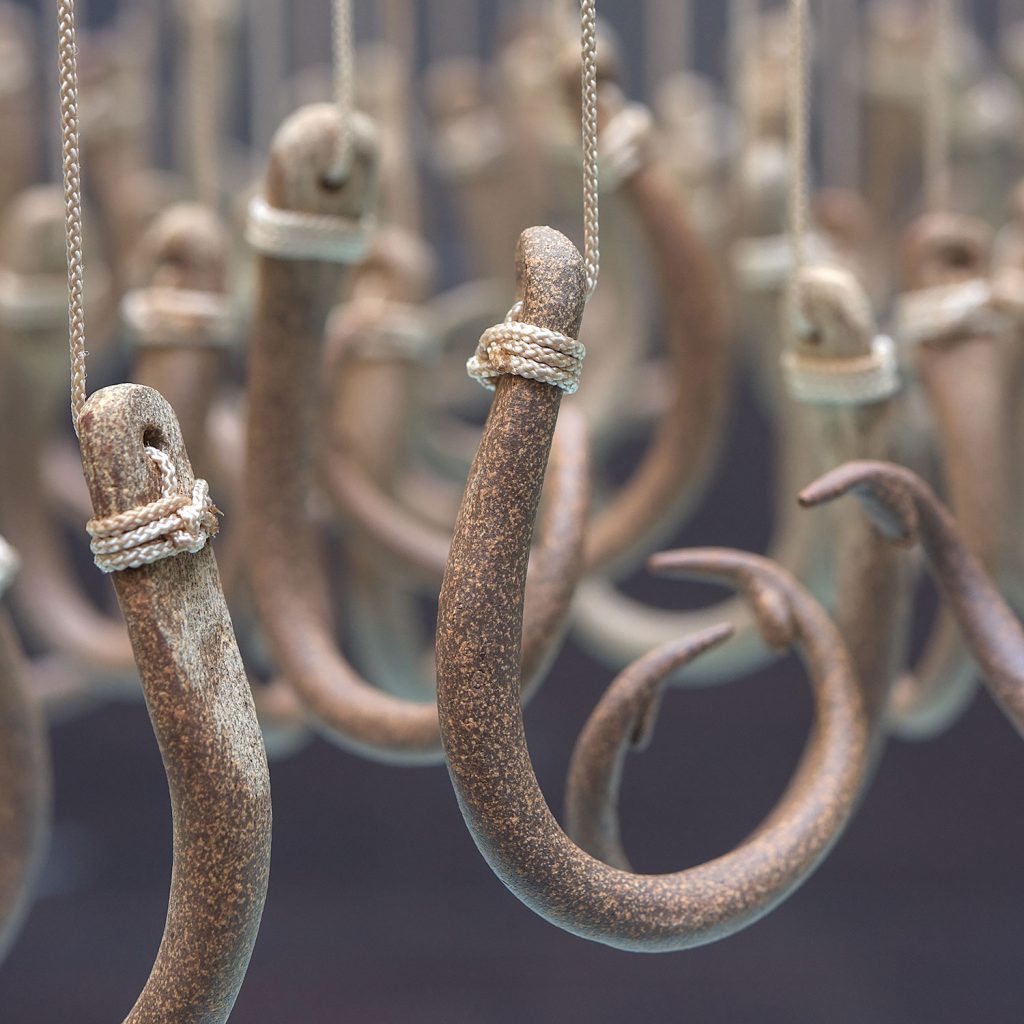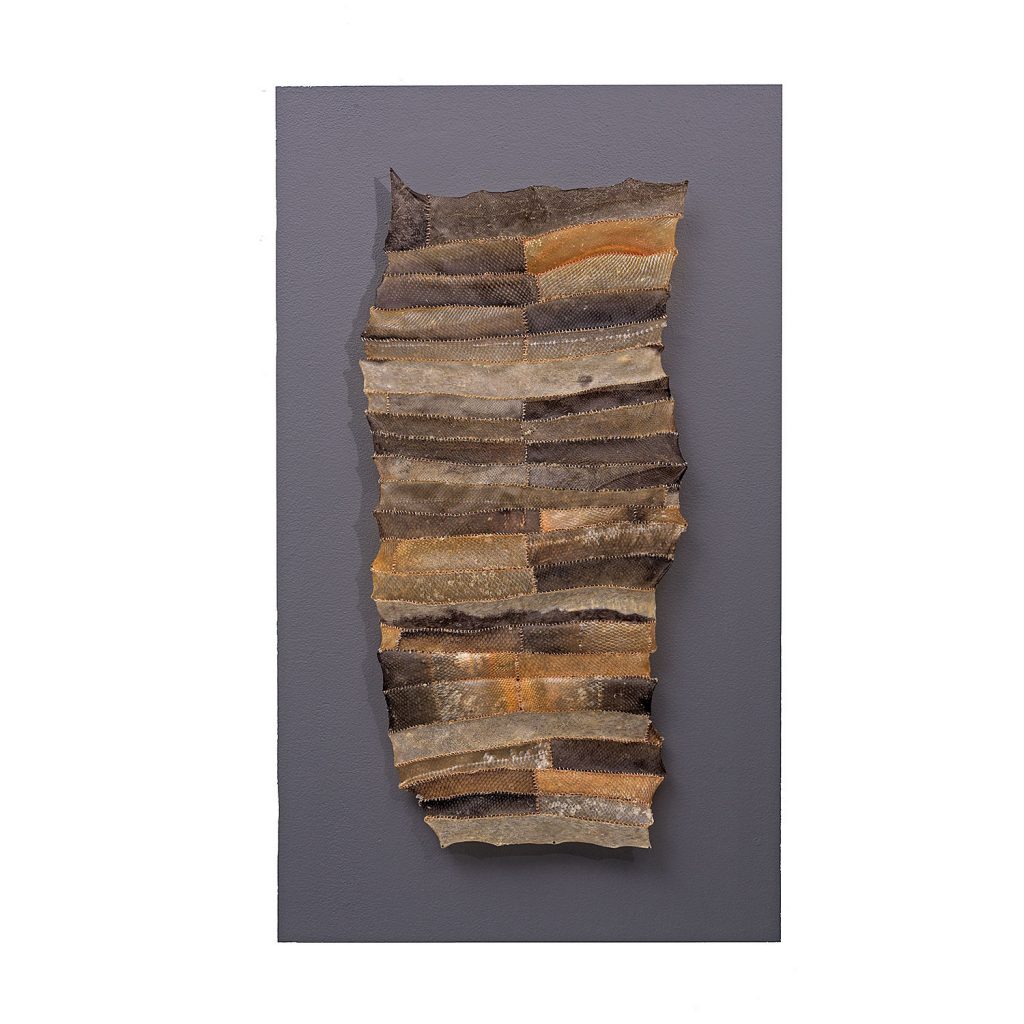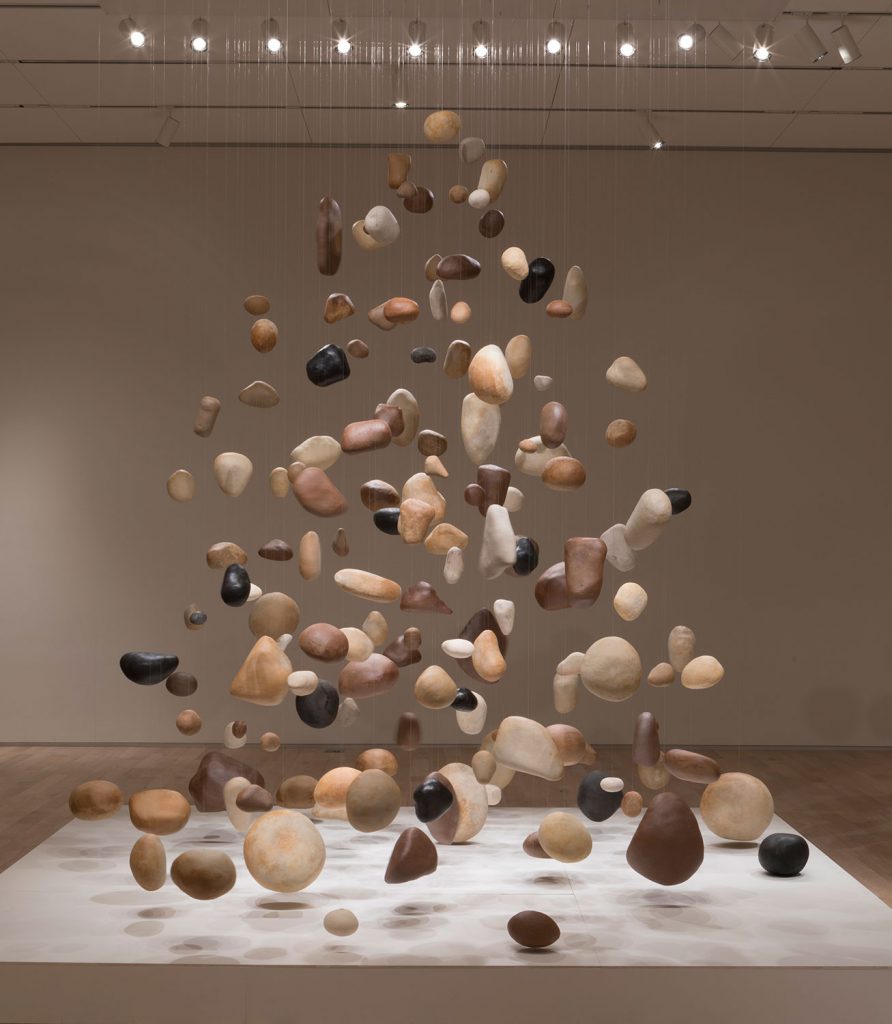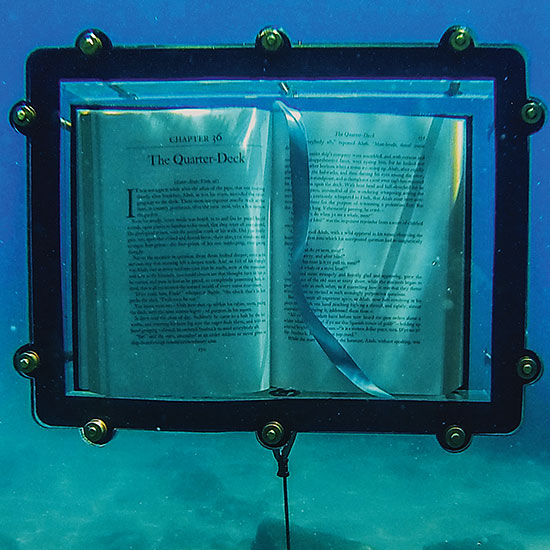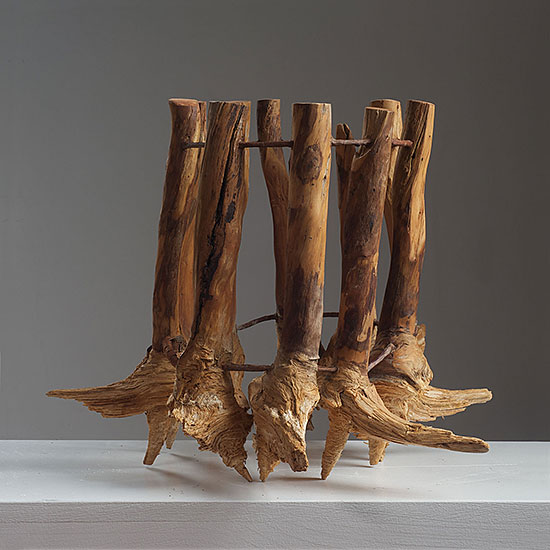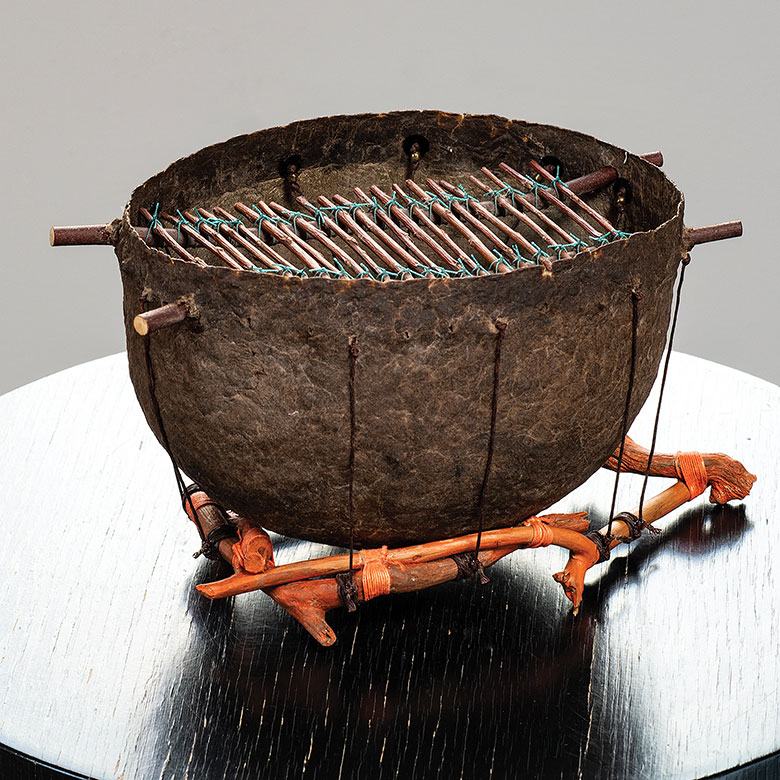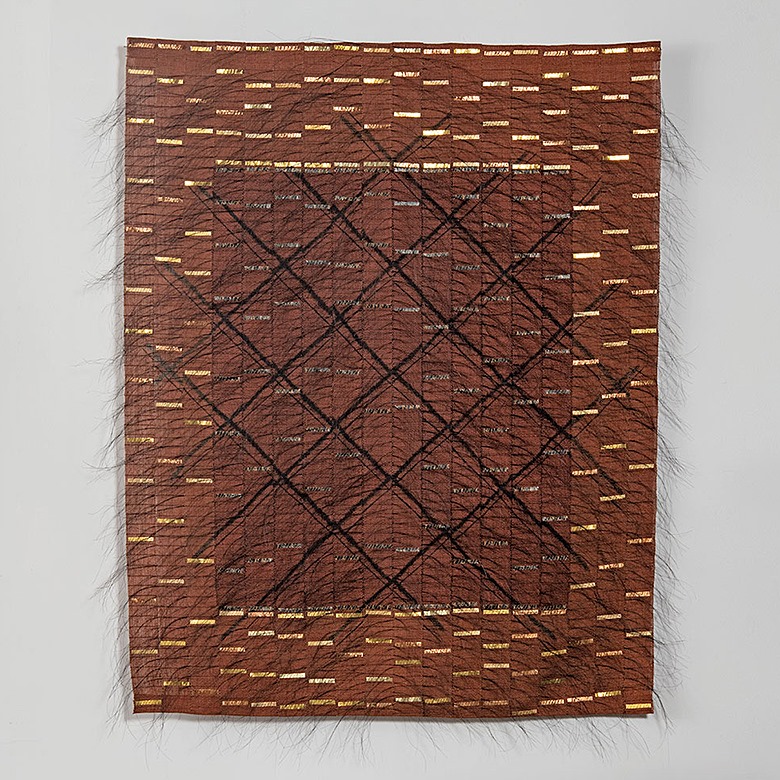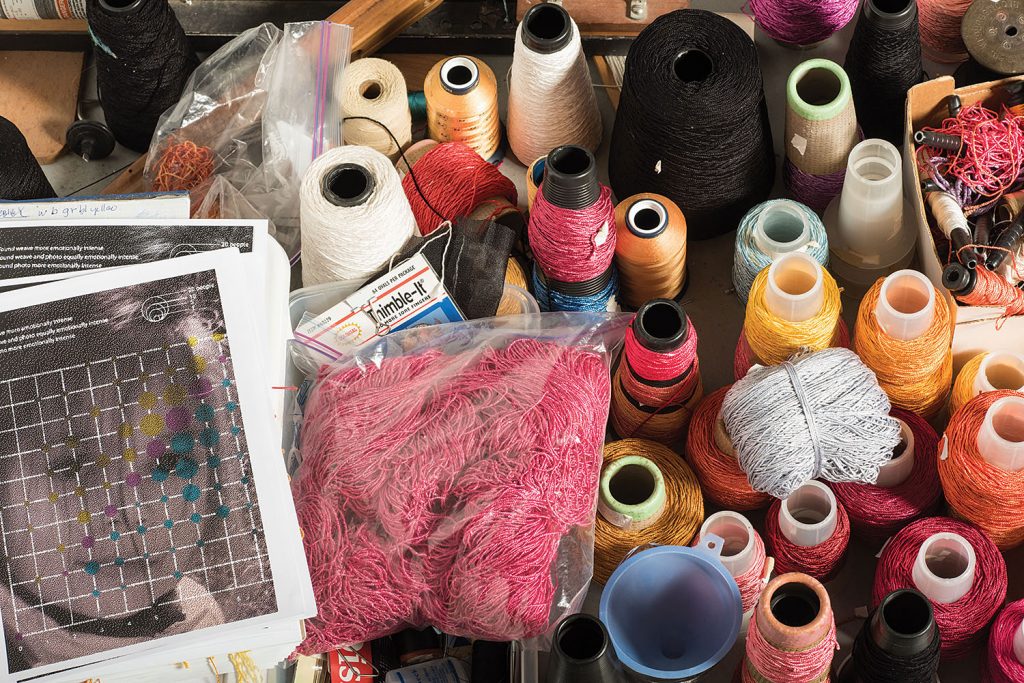
Here’s part 2 in our series on how are artists are coping and creating in the time of COVID.
Last month, Lia Cook was interviewed by Carolyn Kipp in California in a Social Distancing Studio Visit blog (http://carolinekipp.com/social-distancing-studio-visits/2020/5/4/3-lia-cook-san-francisco-bay-area-ca). Lia agreed with Jo Barker who we mentioned last week, on artists’ relative comfort with contemplative time. “I do think that artists are used to knowing what to do with private time; how to keep engaged with the moment, experiment with new ideas,” she told Kipp. “The good part of this experience is that it has given me more time to do what I feel like doing at the moment. I don’t have so much pressure to produce, i.e. finish a piece for an upcoming exhibition, ship it, or even paperwork.” Lia also told Kipp that, “Right now, in my practice I am experimenting with new work. Moving from my focus on faces using neurological brain imagery to integrating the fiber connection I see in plants from my garden with the structural woven fibers of the brain. I am repurposing older work by reweaving the imagery back into the new work. Rediscovered work I wove as samples as part of my neurological emotional studies are now becoming material basis for new work.”

Bacteria-fighting tips came from Gyöngy Laky, also in California, who has been sharing her thoughts about art in these challenging times with the Shelter Chronicles and other blogs. “I wanted to tell you about something discovered along the way dealing with food in these virus times. I put all boxes or bags of new food coming in on the landing up on floor 3. Then I put soapy water in a large bowl or in the kitchen sink. I wash everything! except for bread!,” says Gyöngy. “I wash raspberries… super delicately! I wash lettuce leaves, broccoli, onions, etc. The trick is to rinse everything very carefully and thoroughly. Then you need to let things dry on a towel for a bit. To store berries, I put layers of paper towel between rows, one berry high, in a container and then in the fridge. We just ate raspberries 4 weeks old and in perfect shape (a few go by the way, but almost all are perfect after all that time). We have blueberries going on their 5th week and still fine! (To last that long they need, of course, to be nice fresh berries to begin with, if possible.) The lettuce I lay out on paper towels and then roll them up gently and put them in a plastic bag. Some heads of lettuce, especially little gems and cabbage, I do not take apart, but rinse well. They are often so firmly closed that it’s easy to rinse the soap away. I then roll them in paper towels and put them in a plastic bag in the fridge and, again, they can last 3-4 weeks.”
Gyöngy has a theory about why this works, hypothesizing that washing with soapy water removes a lot of various bacteria that normally leads to spoilage. “You’ll be amazed how dirty the water gets!” she writes. “Disinfectants are tricky because some of them have to be on the surface of what you are cleaning for some minutes and then wiped off. Some directions say… clean surface first! Not good. We handle mail and then wash our hands thoroughly. Any things questionable we leave for 10-14 days untouched and assume they are ‘clean’ by then.”
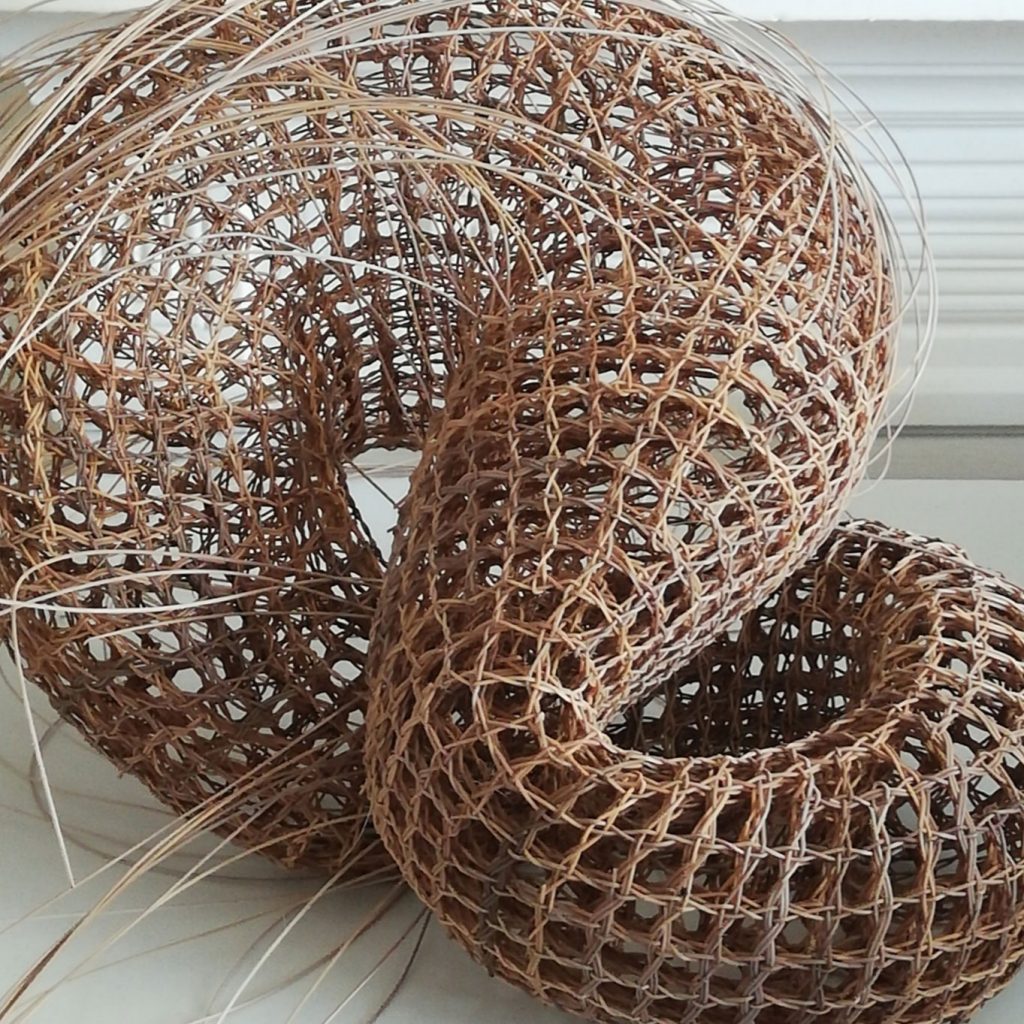
Rachel Max reports from the UK, “Never have I been more grateful to focus on making than in these difficult times. It has kept me going and I am relishing the time this has given me without other commitments getting in the way. Admittedly I’ve struggled to concentrate, but I have been spending long hours each day working on a new piece for an exhibition which Tim Johnson is organizing in Spain.” Here are images of work in progress. “I’m glad for the focus,” she says, “and I can’t believe how quickly the days are whizzing by.”
Also in the UK, Laura Bacon has been creating — literally — having welcomed a baby boy in May. “It was a bit stressful awaiting the arrival of my baby in the middle of the pandemic,”she writes, “but everything went smoothly in the end. I have my hands happily full with my lovely little boy, and also two-and-a-half-year old little girl. She is keeping me busy, too, as she’s not in nursery in the way that she was before the virus, so for now, I only have time for them.”
Stay Safe, Stay Separate, Stay Inspired!

